Mark Cerny: “The PlayStation 4 will recapture gaming’s glory days”
The console's lead architect and games industry renaissance man talks giant controllers, indie games and the limitations of cloud computing
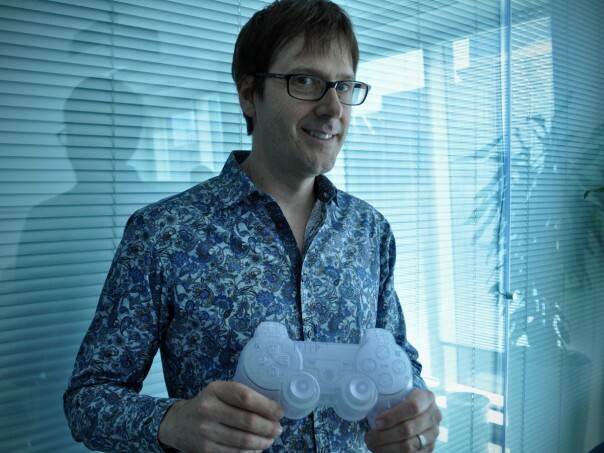
Mark Cerny, lead system architect of the PlayStation 4, is well prepared for our interview. I know what he wants to talk about (indie gaming, the PS4 hardware he masterminded, the controller, and how he landed the job lead system architect at PlayStation) and what he doesn’t (the Xbox One, obviously).
He’s one of the godfathers of modern gaming, starting out at Atari in 1982 at the tender age of 17 and having a hand in classic titles from Marble Madness to Uncharted. He has worked in almost every aspect of game and game technology development – but the PS4 is by far his most ambitious project yet.
So, why does he think the PS4 could give rise to a gaming renaissance? Why is he dismissive of cloud computing’s ability to enhance games? And what exactly is that massive blue controller for? Let’s find out…
Why did you want to become the PS4’s lead architect?
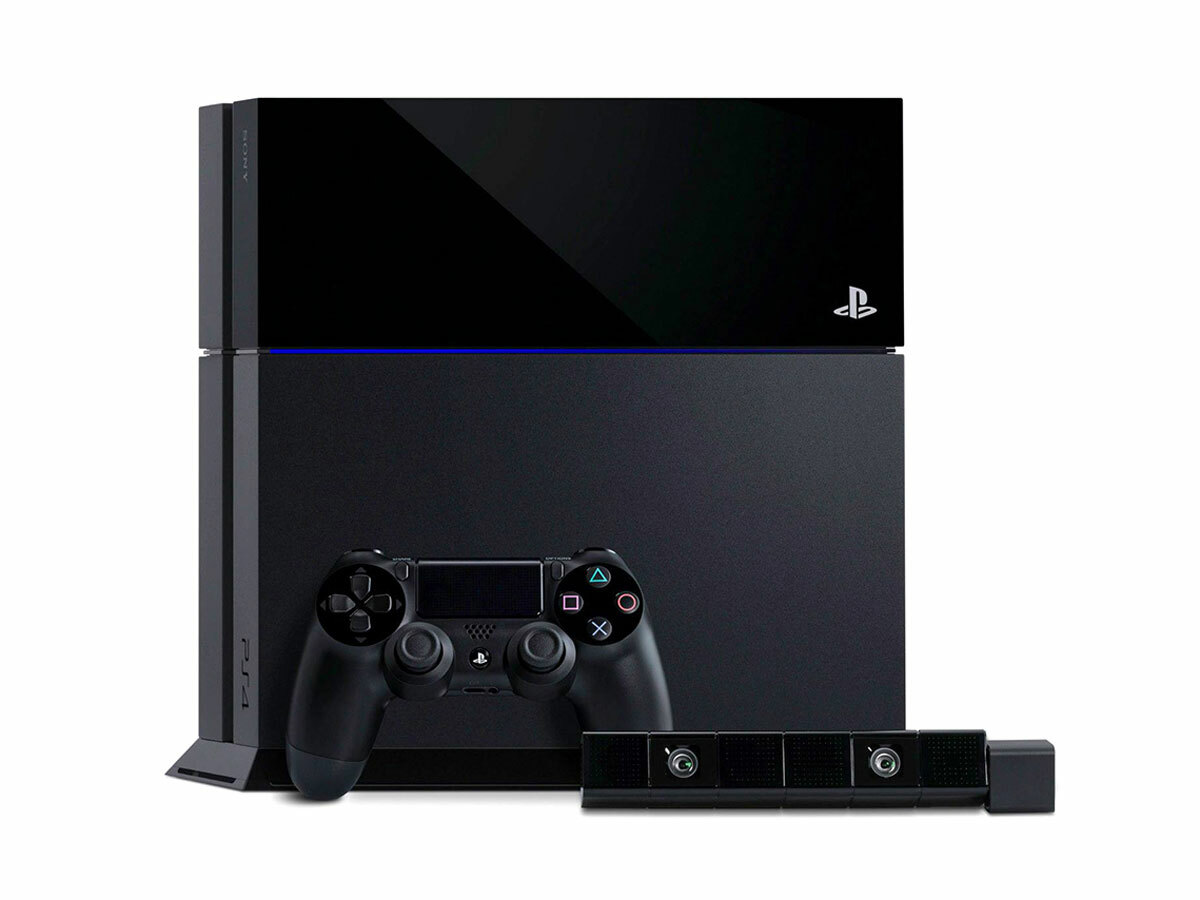
“I wasn’t one of the hardware designers for the PS3, but I was an embedded programmer – I had a desk next to the hardware team. From three years before the PS3’s launch I got to see the reaction from the development community and found out just how complicated and how difficult it was to use. And so I felt with the PS4, the architect needed to be someone with a games programming background, someone who understands how the hardware would be used practically inside a design team, and also someone with a production background. And I started thinking about my background because I’ve been both over the years. The rest is history.”
Why did you feel so invested in the success of the PS4?
“I’m not a Sony employee but I’ve been contracting on over a dozen projects with various companies across the PlayStation world since the early days of the PS1. I wanted to make sure that I could do everything possible to make the PS4 a success.
“In particular when I look back over the last 15 years, there’s something very magical about those early PlayStation years. In those days games weren’t very expensive to make: for a couple of hundred thousand dollars you could make a very interesting game with just a couple of people. There wasn’t this big spread we see today between heavy content like Skyrim and Assassin’s Creed on one side, and the indie titles like The Witness on the other side. It was really much more homogeneous.
“Because it was so easy to make those titles we had games like Parappa the Rapper, Intelligent Cube and Devil Dice, these titles that added so much variety to the platform. I really feel like the joy of play that was so much a part of the PlayStation’s DNA in those days came in no small degree from that.”
Do you feel that’s diminished over the years then?
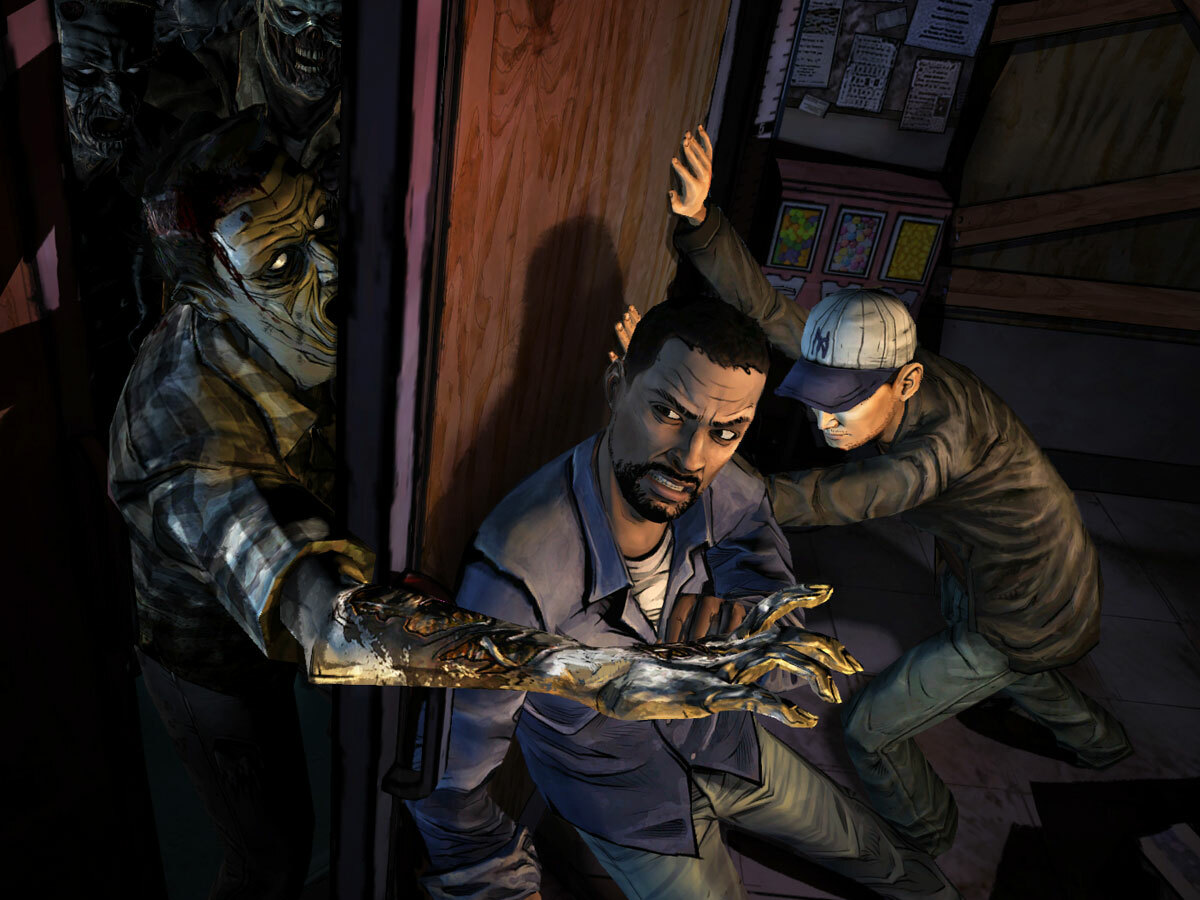
“With the Playstation 3 we’ve been moving towards the heavy content. Players love it. It’s been balanced to a certain degree by the smaller titles. The Walking Dead won a tremendous number of awards and Journey was widely regarded as game of the year last year.
“But in the early days of the PS3 there have been technology barriers and business barriers to bringing those titles over to the platform. The box is difficult to work with. Our processes were geared towards the larger titles, and their timeframes and budgets. So we’ve worked to re-engineer all that, change the systems.
“As we’re heading for PS4, with the accessibility of the hardware, I really think we will see a renaissance in gaming: that tremendous variety of experience we had from the early PlayStation days, as well the heavy content, all on one platform.”
What is it about the box that allows that?

“PS4 is a supercharged PC architecture, which is to say that it’s a PC CPU and a modified PC GPU that we’ve customised in a number of ways to make it more ideal as a gaming platform. It has unified memory: it’s one pool of memory, not the two you see on PC, so it’s less finicky to work with. We’ve also extensively customised the GPU so that as we go forward three or four years there’s a rich feature set that the programmers can really dig into, so that the platform can grow as games evolve.
“As games evolve, the platform can evolve with them. You can see this on PS3, in the sense that The Last Of Us looks so different in year seven than, say, Resistance did in year one.”
So launch titles are just the first step?
“The launch titles are a fairly straightforward usage of the hardware, yes. But then, we’ve customised the hardware to make the GPU more practical. The GPU can be used for general-purpose computing things like physics, simulation or collision detection or ray-casting for audio or decompression. All these things you can do on a GPU, and the idea is as programmers start using the GPU more for those purposes, you will see worlds become more interactive, richer and the like.”
At day one, what are gamers going to see that blows them away?
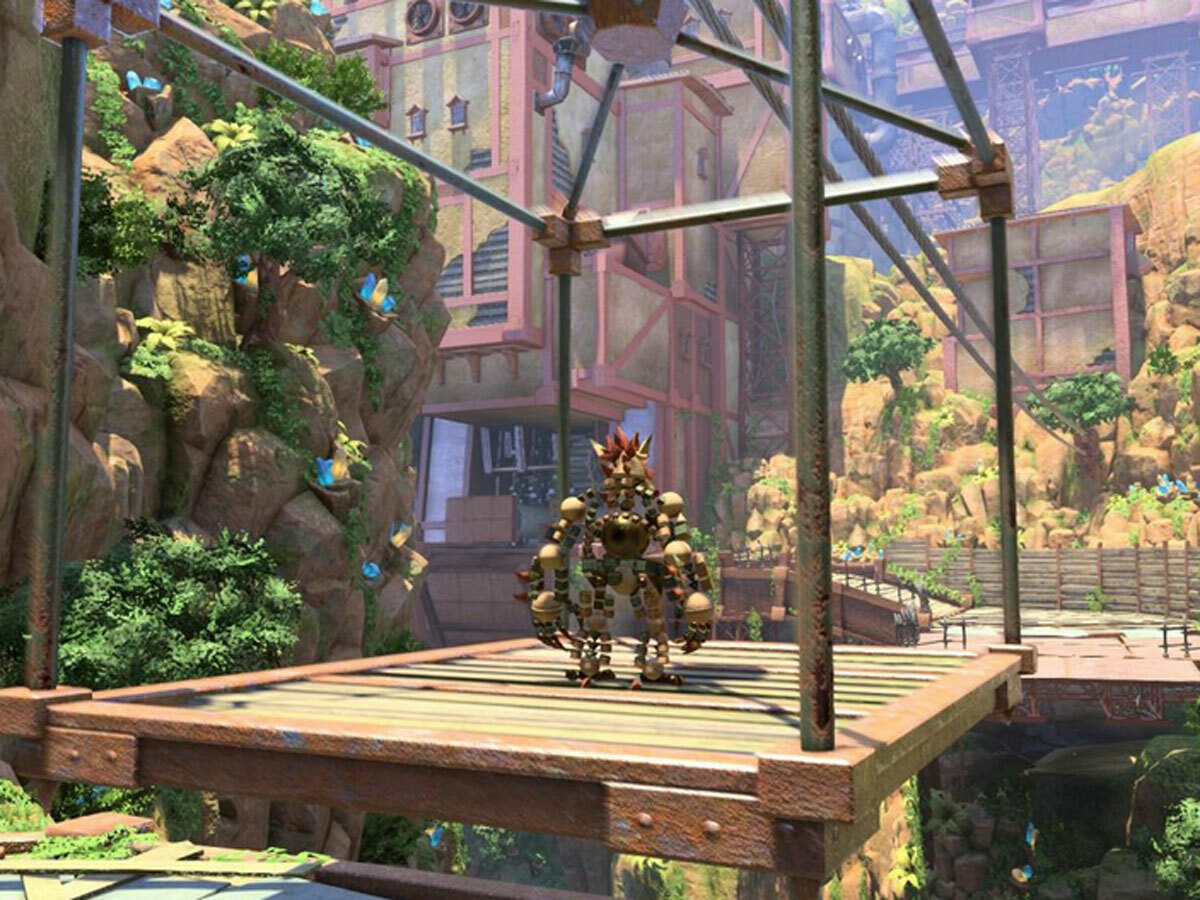
“Our target was ten times the performance of the PS3. So you will see some very impressive graphics. You’ll also see the benefits on the gameplay side. When you have that much performance it becomes rather easy {for developers} to try something quickly, and if it works you keep it, and if it doesn’t work you throw it away. The iteration time on PS4 is much faster on a conceptual level, and the titles are richer as a result.
“So for Knack [the PS4 launch game Cerny himself is developing] we had the idea that we wanted to create a character that was driven by a 5000-part physics simulation. Turns out it’s not that hard to make that sort of thing on the hardware so if you try it and it works, great – you have that in your game. If it doesn’t work, just move on to the next idea, and so that’s how your iteration is getting faster.”
So it’s going to be easier for developers to create titles for the PS4?
“Yes, it is a lot easier. As a result it has the strongest launch lineup in the history of Sony Computer Entertainment, and we have 140 more games in development for it.”
What’s the deal with 4K on the PS4?
“Right now we’re focusing on 4K for media, and 1080p for games. Where we go in the future, we have to see. I’m very interested in 4K gaming. It’s just not a focus this year.”
Tell us about the giant DualShock controller

“The specific for that controller was looking at eight-year-old kids – despite having made games for children many times, I’d never looked at the ergonomics of it. We were using my producer’s child as a player and watching how he grips the controller, and we realised that if we just made a controller that was scaled up to match the difference between the child’s hands and our hands, we could experience ourselves directly what you can and can’t do with the controller.
“We realised immediately that the shoulder buttons are out of range. Surprisingly the triangle button is not. So [for Knack] we use the face buttons and the two joysticks – we don’t use the shoulder buttons.”
What needed fixing with the DualShock 3?
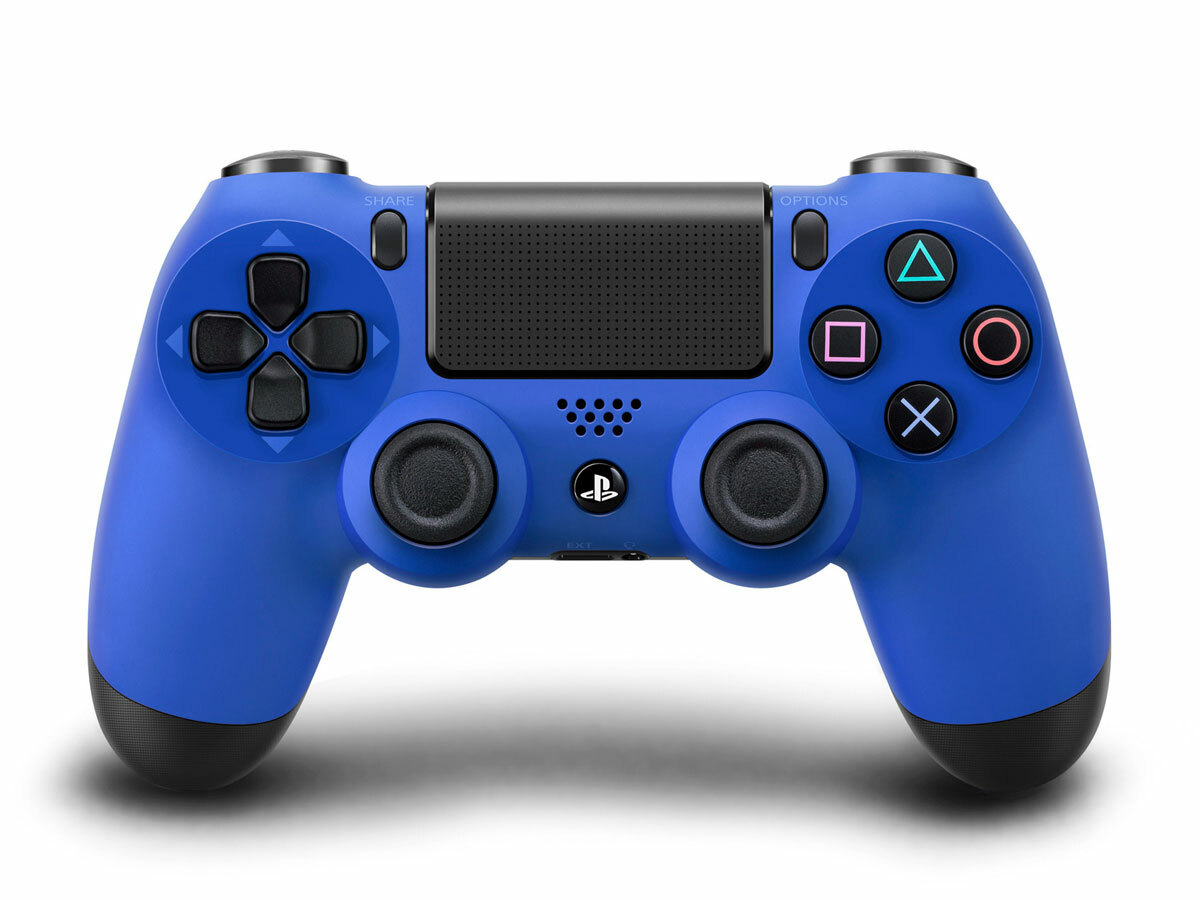
“There were two different things going on there. One of them was the question of what new interfaces we could put on the controller, and for that we had a long research project where we looked at pretty much any idea we could think of. Would it help to measure the galvanic response of the skin? We tried out a tremendous number of things, and then we went to the game teams to ask them what they thought they could use from the controller and they felt, for example, that the touchpad was something they could use. And hence it’s on the controller.
“The other thing we did was we focussed very specifically on first-person shooters. Historically we’ve heard many times that our controllers haven’t been ideal for FPSes, so we wanted to make sure we had something that would be much better for that genre. So we worked broadly across the industry with the best of the best in that genre.
“We made prototypes, we sent them off; we looked at the throw of the trigger, the position of the trigger, how much pressure it takes for that; we looked at the joysticks, the dead spot, we looked at convexity and concavity. And we made a controller that I haven’t heard a negative comment about yet, coming out of E3, and for a controller with a very different form factor that was just amazing to see.”
What does cloud computing mean for console boxes of the future?
“We’re still trying to work out collectively what cloud computing is good for. We do cloud computing today: match-making for an online game is cloud computing, the server is doing this computation on your behalf and it works out very well. So we know that works.
“If you want to go the other end of the spectrum, trying to enhance your graphics by cloud computing doesn’t work because you have to send a couple of gigabytes of data up that tiny little wire to the server and it computes some pixels and sends them back. Figuring out what in between those two works is something we have to look forward to over the next decade or two.
“To the extent that cloud computing can be done, we’re set up to do it – because we have gigabit ethernet on PS4.”
Could that mean PS4 is the last of the console boxes?
“It’s really difficult to tell what will happen on that kind of timeframe because technology changes so quickly. Certainly right now for this new generation, the PS4 looks good for a console. But in ten to 20 years from now? It’s hard to say.”
